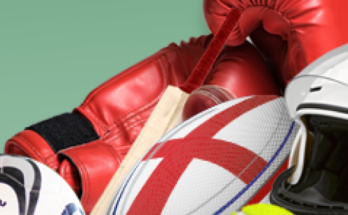The Indiana Fever Caitlin Clark superstar was undergoing his third injury from the regular season on Tuesday evening in Boston against Connecticut Sun, making him miss the match on Wednesday evening against New York freedom.
The fever coach Stephanie White spoke with the journalists before the team’s Wednesday match and he was asked if the physical game could have a role in Clark who undergoes his last injury. His answer really gave credibility to this very possibility.
“Someone who has the ball in her hands as much as Caitlin, the physics she knows for 40 minutes,” White told journalists on Wednesday. “It makes you load differently. It makes you explode differently. It makes you speed up and decelerates differently. It is not the fluid movement that we want to see with regard to freedom of movement.
“And I think that all these things sometimes, when it may not be a blow or another, over time can contribute (an injury). This is why freedom of movement is a huge accent from our coaches when we have conversations at the level of the league.
White is the Clark coach, and she is in a natural position to be defensive of how his superstar player is defended. However, she also has the unique prospect of having trained against her with the sun last season.
“There is a level of physicity with which they are able to play against it”, ” White explained to journalists after the team’s sun victory on Tuesday. “I knew him as an adversary, and I see him like his coach, and I don’t know exactly why, but that’s just what it is, and we have to help him learn to adjust it and use it against them in certain ways.”
White also told journalists that she thought that the level of physics overall increased in the WNBA compared to previous standards. Is this a clark problem? Is it more a league problem as a league with the quantity of leverage that defenders can disrupt freedom of movement? It may be a healthy mix of the two.
During the Indiana home victory against the Dallas Wings on Sunday, ESPN analyst and former player of the WNBA Rebecca Lobo and the ESPN game ad, Ryan Ruocco, specifically underlined several moments of the broadcast where Clark was at fault while being defended in a few seconds. The clip is a convincing example to stimulate White’s argument.
The New Yorker‘s Louisa Thomas wrote an excellent play in June On the way Clark crosses the same growing pain as the legend of the NBA Michael Jordan went through his first years in the League, when Detroit pistons The author of a specialized physicity plan to make it more difficult to succeed.
Jordan has finally exceeded this, and all the evidence of Clark’s career suggests so far that she should possibly do the same. The injuries are raised throughout the league, highlighting the larger argument of White according to which physicity has indeed changed over time with regard to WNBA referees.
Does the added physical game contribute to the risk of clark injury? Objectively speaking, this is probably the case. Is all the risk of injury due to the added physical game? Common sense would say it, probably not. There is a fine line in officials who need to look more carefully how physically defenders play their opponents and simply accept how general physicity grew up in WNBA competition.
Part of Clark’s growth to be the best pro possible will depend on its ability to regularly manage aggressive defenses. Part of what will keep the best WNBA players on the field is an additional accent on the guarantee of freedom of movement remains as fluid as possible without giving offensive players an unjust advantage. Like white clues, opposite defenses will benefit from what civil servants give them.
The officiating WNBA remains a painful point in recent times, so that any significant adjustment to find a better balance will most likely and slowly come. For the moment, Clark faces a difficult balance itself between learning to play by physicality and staying healthy in the process. Like Jordan, she will understand in time.



